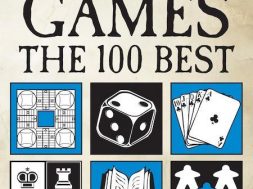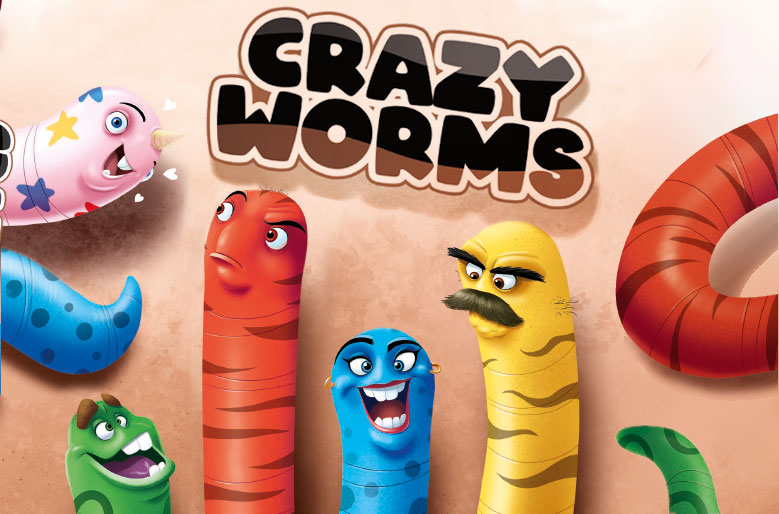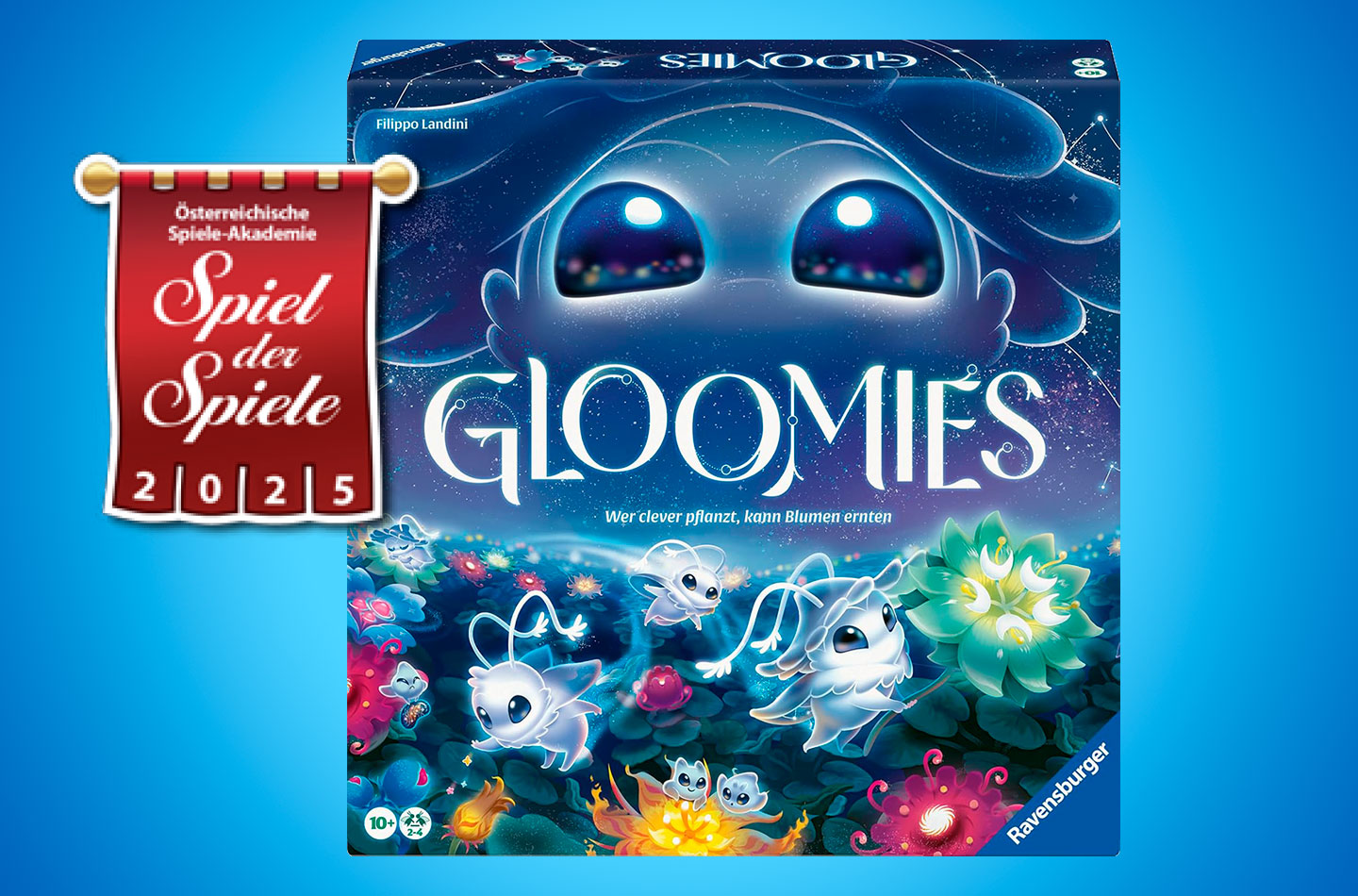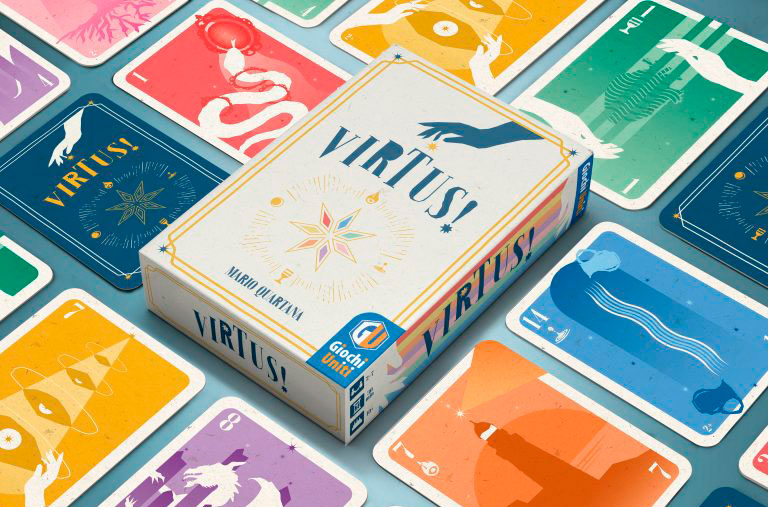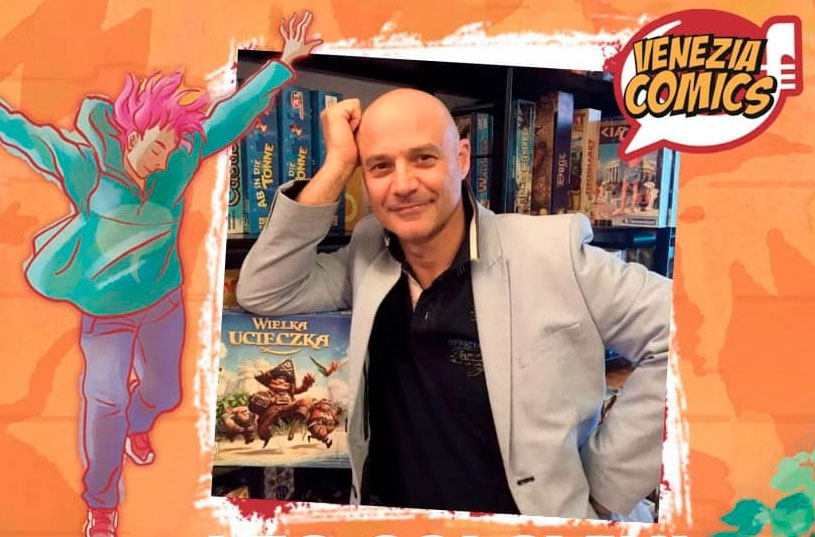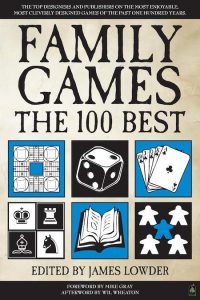Leo Colovini on Twixt

Leo Colovini on Twixt
2010
pp. XIII - 382 Part of the book "Family Games - The 100 Best" by various authors
Leo Colovini on
TWIXT
Key designer: Alex Randolph
3M (1962)
2 Players; Suggested Ages. 12 and up
I WAS IN TROUBLE. I found myself in the ancient town of Cagli, in the Italian province of Pesaro-Urbino, and the person sitting across the table from me in the Twixt tournament was the tough Dario De Toffoli.
My opponent had me blocked in, his pegs towering over mine as if they were somehow larger and more powerful. I studied the situation for a long time, until my attention focused on a particular gap on the board. I imagined the peg I would place and the chain of links that might develop from that placement. It seemed incredible, but with that one move I would stop my opponent’s advance and begin a counterattack. I placed the peg in the hole, inserted a link to a nearby peg, and lightly pressed the button on the clock, stopping my time and starting my opponent’s.
Dario welcomed my move condescendingly, with a smile on his lips, but after a few seconds he realized that this placement could give him a lot of trouble. The minutes went by and his expression became more and more sullen.
At a certain point he rose to his feet to examine the board better. He wasn’t able to understand how that little move was able to stop his triumphant progress. It couldn’t be! His position had been so good that he couldn’t not win. Now, though, none of the countermeasures he was analyzing seemed likely to break through my line – this despite the fact that I was desperately skirting the edge of the board. At last Dario thought he’d found a solution and placed his peg, but he was making a mistake.
His move was one I had foreseen; I already had my countermeasure prepared.
The conflict in that part of the board lasted a few more moves. Finally Dario resigned himself to the defeat there and tried to counterattack on the opposite side, but in that quadrant my position was better. Being careful not to make any mistakes, I managed to avoid his traps and to make the game mine – and with it the tournament.
The emotional ups and downs of that tournament game capture Twixt’s appeal and ability to fascinate. The game was invented by the great Alex Randolph.
Since its initial release in 1962, Twixt has been published in various editions around the world by such companies as 3M, Avalon Hill, Schmidt, Klee, Kosmos, and Felsberger.
Twixt is played on a square board with 572 holes – a 24 by 24 grid with the corner holes missing. Some editions label the grid A through X and 1 to 24, in case you want to record your game. The objective is to connect the opposite sides of the board using pegs and links that rest between them. There are two colors – red and black in the original 3M edition, but other colors are used in other editions. One color aims to connect the top and the bottom, the other the left and the right. Rules exist for Double Twixt, allowing for team play, but the game is typically for two individuals.
Players take turns placing one peg in any free hole and linking it with his existing chain. Two pegs of the same color can only be linked when they are at a distance that corresponds to the knight’s move in chess, or, when considered mathematically, in the diagonal of a rectangle of six squares or points. Links cannot cross over each other. Before making a move a player is allowed to remove one or more links of his own color that were previously connected. The winner is the first player to create an unbroken chain between his two sides of the board.
In Twixt, the person making the first move certainly has the advantage, but Alex Randolph conceived of an addition to the rules that has been included in every edition after the first. The so-called “pie rule” states that the first player places a peg of either color in any position on the board. After that, his opponent can decide which color he will play. This equalizes the starting positions just as dividing up the last slice of a pie between two people is made fair by having one person cut the slice and the other person choose which half to take.
Twixt – an abbreviation of the word “betwixt”, an archaic synonym of “between” – was originally developed as a paper-and-pencil game in the rooms of Vienna’s celebrated Café Hawelka, the central meeting place for intellectuals and artists. Twixt is considered by some to be a derivation of the game Hex, which appears to have been developed independently by the Danish mathematician Piet Hein in 1942 and also in 1947 by the American John Nash (the protagonist of the film “A beautiful Mind”). Like Twixt, Hex has players positioning their pieces on a rhomboid grid of hexagons (usually 11 per side), with the goal of connecting the two opposite sides. Twixt nevertheless is a game strategically much more profound than its predecessor, thanks in large part to the use of the knight’s move to determine legal links. This allows for the connection of each point with eight points, in contrast to the six connections possible in Hex, and the linking between pegs that are not contiguous, thus multiplying the possibilities of play.
Twixt is typical of the deceptively simple designs of Alex Randolph. He published dozen of games, beginning in 1961 with “Pan-Kai”. His subsequent designs included such well-regarded titles as “Square Off” (1972), “Ghosts!” (1980), and “Ricochet Robots” (1999). But the ones he loved best of his long list of designs were the fairy tale-like “Sagaland” (1981, released as “Enchanted Forest” in the United States), for which he won the Spiel des Jahres, and the rigorous and elegant “Twixt”.
Alex was also something of a philosopher when it came to the subject of games. In his essay “Homo Ordinator”, published as part of my book, “I giochi nel cassetto” (Venice Connection, 2002), Alex explained:
“In all this great baggage that we call culture there are many useful things that contribute to survival, but there is another category of things, the most precious, that are totally useless, but necessary. And these are music, art, theater, dance, in short all that makes the world livable. And there’s a side of this culture that I particularly enjoy and it’s games: because a game, more than any other thing, is the reproduction of life itself; it’s an improvement of life, because instead of being how it is, it’s how it should be. That is its code, it has rules that we have voluntarily accepted, it has an easy aim to understand, and it’s aesthetically beautiful. Games are wonderfully ordered, at least the ones that I make, I hope.”
Alex had a long and very intense life, having lived in many parts of the world, taking in with intelligence those disparate cultures. He spent his last decade in Venice. He had a loving, kind character, but could be difficult and unpredictable. He never cared about money, but he was able to drive an editor crazy over the terms of his contracts. When he recieved the Gradara Ludens prize in 1992, he noted that he didn’t particularly deserve the award for his creations, but rather because he was, as he described himself, “the inventor of the profession of inventor of boardgames.”
His impact upon game design around the world was profound, as reflected in the awards and prizes he recieved during his long career, and the respect he garnered from his fellow designers. SAZ, the association of German authors, awarded Alex a special prize for his career, and, during 2002’s International Game Fair in Essen, an exhibition was staged with examples of his work. For seven years Alex served as panel president for SAZ’s prize recognizing superior journalism about games. The award has since been renamed the Alex Prize in honor of him.
The most telling honor is the one bestowed by the Deutsches Spiele-Archiv – or German Games Archive – of Marburg. After Alex’s death in 2004, this research archive set up “Alex’s Office”, a room containing reproductions of the bookcases from his office in Venice. Any game designer in search of inspiration can go there to work on his own projects.
I was in Marburg for the dedication of Alex’s Office. It’s incredible how similar it is to Alex’s real studios. No sudden idea for a new game came to me that day, but Alex and his designs continue to be an inspiration for me. And if you would like to sample Alex Randolph’s brilliance, there is no better place to start than with one of his earliest and greatest designs, Twixt.
